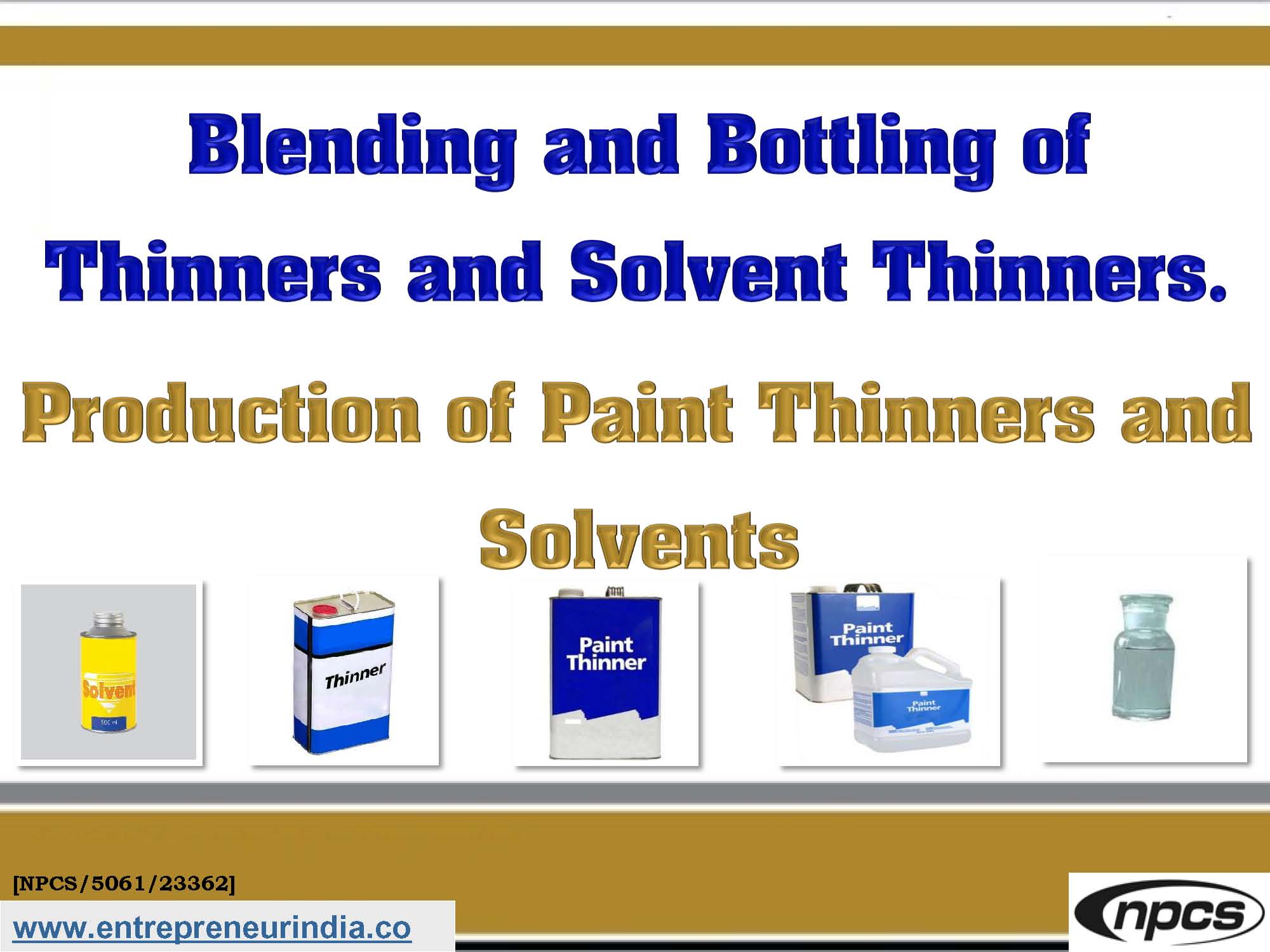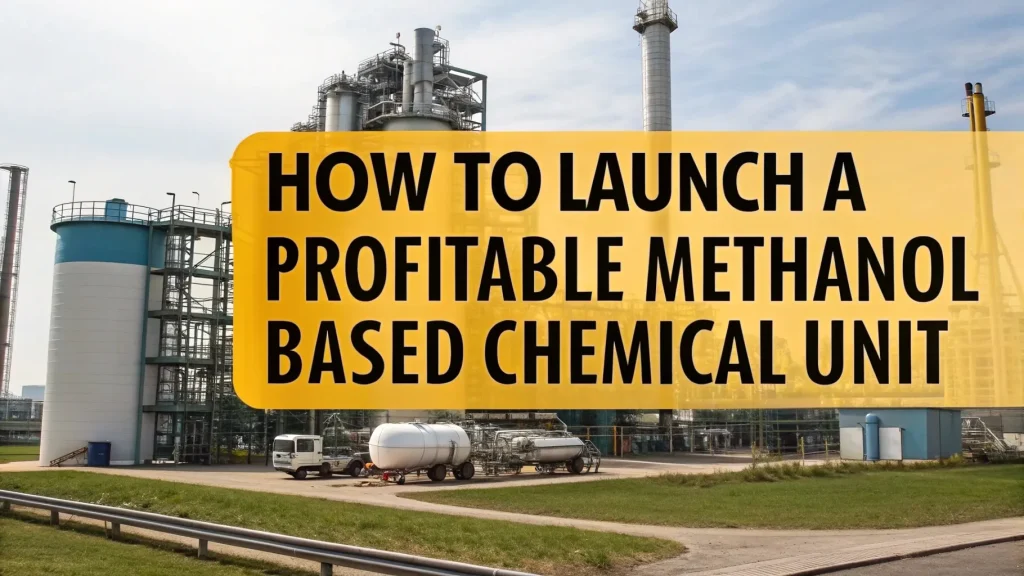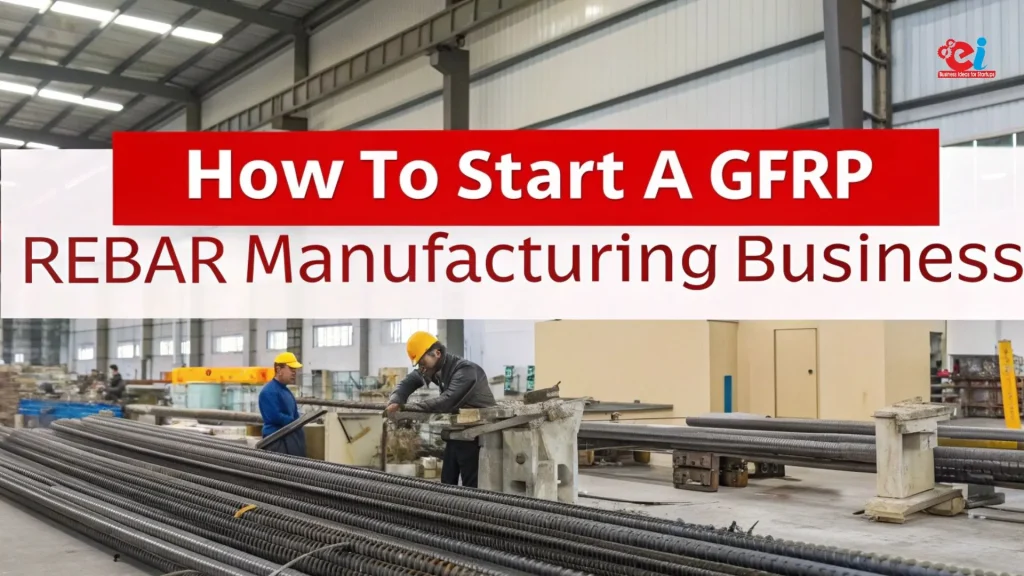Blending and Bottling of Thinners and Solvent Thinners

The bottling of thinners and solvent thinners is a growing business segment in the chemical and paint industry. Thinners are essential components used for diluting oil-based paints, cleaning brushes and surfaces, and improving the application properties of coatings. With an expanding market for paints, varnishes, adhesives, and industrial coatings, the demand for high-quality bottled thinners is steadily rising. Entrepreneurs can enter this business with moderate investment, strong compliance, and efficient production systems.
Growing Industrial and Retail Demand for Solvent Thinners
The rise in automotive, infrastructure, furniture, and general coating industries has driven the demand for solvent thinners. They are widely used by painters, manufacturers, workshops, and households. Bottling of these products in ready-to-use packaging enhances convenience, safety, and distribution efficiency, making this business profitable and scalable.
Types of Solvent Thinners Commonly Bottled
Different types of thinners are manufactured and bottled based on their end-use:
-
NC Thinner (Nitrocellulose Thinner) – Used in automotive and furniture coatings
-
PU Thinner (Polyurethane Thinner) – Suitable for PU coatings and finishes
-
Enamel Thinner – Used with enamel-based paints
-
Epoxy Thinner – Required for epoxy paints and flooring systems
-
Universal Thinner – Multi-purpose use across industries
-
Turpentine Substitute – Used in painting and art materials
-
Acetone or MEK-Based Thinners – For heavy-duty industrial cleaning
Each thinner type has a specific chemical formulation and volatility profile suited for different applications.
Raw Materials Used in Thinner Manufacturing
The manufacturing and bottling of solvent thinners require the precise blending of various petrochemical-based solvents:
-
Toluene – Enhances solvency power
-
Xylene – Common diluent with moderate evaporation rate
-
Butyl Acetate – Improves leveling and flow
-
Acetone – Strong and fast evaporating solvent
-
Methyl Ethyl Ketone (MEK) – Used for tough coating breakdown
-
Mineral Spirits – General-purpose solvent
-
Methanol or IPA (Isopropyl Alcohol) – Enhances cleaning ability
-
Anti-oxidants and Stabilizers – Maintain shelf life and performance
The blend is customized according to client needs and application segments.
Manufacturing and Bottling Process
The process of bottling thinners and solvent thinners involves both formulation and safe packaging. The major steps include:
-
Solvent Procurement and Quality Testing
Raw solvents are tested for purity, water content, and compatibility. -
Formulation and Blending
Solvents are measured and mixed in SS tanks with explosion-proof stirrers based on the required thinner type. -
Filtration
The blended thinner passes through fine filters to remove suspended particles or undissolved impurities. -
Bottling and Filling
The filtered thinner is filled into metal cans, HDPE bottles, or drums using flame-proof semi-automatic or automatic filling machines. -
Sealing and Labeling
Leak-proof caps are applied, and labels with statutory warnings, composition, and usage directions are affixed. -
Batch Testing and Quality Control
Final products undergo flash point testing, density check, evaporation rate, and visual clarity inspection.
Safety is crucial throughout the process due to the flammability and volatility of solvents.
Equipment and Plant Infrastructure Required
Setting up a small to mid-sized thinner bottling plant involves:
-
Stainless Steel Blending Tanks (with flameproof motors)
-
Solvent Transfer Pumps and Pipelines
-
Explosion-Proof Filling Machines
-
Filter Press or Inline Filters
-
Automatic Capping and Labeling Machines
-
Ventilation Systems and Exhaust Blowers
-
Fireproof Storage Rooms and Fire Suppression Systems
-
Quality Testing Lab (Flash Point Tester, Hydrometer, Viscometer)
A facility of around 2,000–3,000 sq. ft. with a production capacity of 2,000–5,000 liters/day requires an investment of ?25–?50 lakhs.
Regulatory Compliance and Safety Measures
Manufacturing and bottling solvent thinners fall under the hazardous chemical category. Legal and safety requirements include:
-
Factory License and MSME Registration
-
GST Registration and Trade License
-
NOC from State Pollution Control Board
-
Explosive License (if storing large quantities)
-
Fire Department NOC and Fire Safety Audit
-
Proper labeling as per BIS and Legal Metrology norms
-
Material Safety Data Sheets (MSDS) for each thinner type
Strict compliance is necessary to avoid penalties and ensure safe working conditions.
Packaging and Branding Options
Effective packaging builds customer trust and product recognition. Common packaging options:
-
500 ml, 1L, 5L, and 20L Metal Cans or Jerry Cans
-
HDPE Bottles with child-proof caps
-
Drums (200L) for industrial bulk supply
-
Custom OEM packaging for large clients
Include critical label elements:
-
Product type and usage
-
Flammability and handling precautions
-
Net volume and batch number
-
Manufacturing and expiry date
-
Emergency contact details
Attractive branding and informative labels help differentiate in a competitive market.
Marketing and Sales Channels
Thinner bottling businesses can serve various segments:
-
Paint shops and hardware retailers
-
Construction contractors and painters
-
Furniture and auto workshops
-
Industrial coating and flooring companies
-
Online B2B platforms (IndiaMART, TradeIndia)
Distributors and dealer networks are vital for scaling reach across regions. Offering quality samples, competitive pricing, and fast delivery boosts repeat orders.
Profit Margins and Business Scalability
The bottling of thinners offers attractive margins due to the low cost of raw materials and high demand. Profitability is influenced by:
-
Product consistency and brand reputation
-
Efficient supply chain management
-
High-volume B2B orders from contractors and painters
-
Diversification into related products like primers and varnishes
With correct licensing, marketing, and operations, the business can break even within 12–18 months and scale to larger capacities or allied chemical formulations.
Environmental and Worker Safety Practices
Handling solvents requires strong safety protocols:
-
Provide PPE kits and flame-retardant uniforms
-
Use spark-proof tools and equipment
-
Conduct regular air quality and spill risk audits
-
Maintain fire extinguishers, sand buckets, and emergency exits
-
Ensure proper disposal of chemical waste
Eco-friendly alternatives and bio-based thinners can also be explored for future diversification.
Conclusion
The bottling of thinners and solvent thinners is a high-demand, medium-investment venture that offers consistent profitability and strong market linkage. With rising consumption in automotive, painting, and construction industries, bottled thinners continue to enjoy a wide customer base. By maintaining regulatory compliance, quality control, and effective branding, entrepreneurs can build a successful business with great expansion potential.
Niir Project Consultancy Services
An ISO 9001:2015 Company
106-E, Kamla Nagar, Opp. Spark Mall,
New Delhi-110007, India.
Email: npcs.ei@gmail.com , info@entrepreneurindia.co
Tel: +91-11-23843955, 23845654, 23845886, 8800733955
Mobile: +91-9811043595
Website: www.entrepreneurindia.co , www.niir.org





